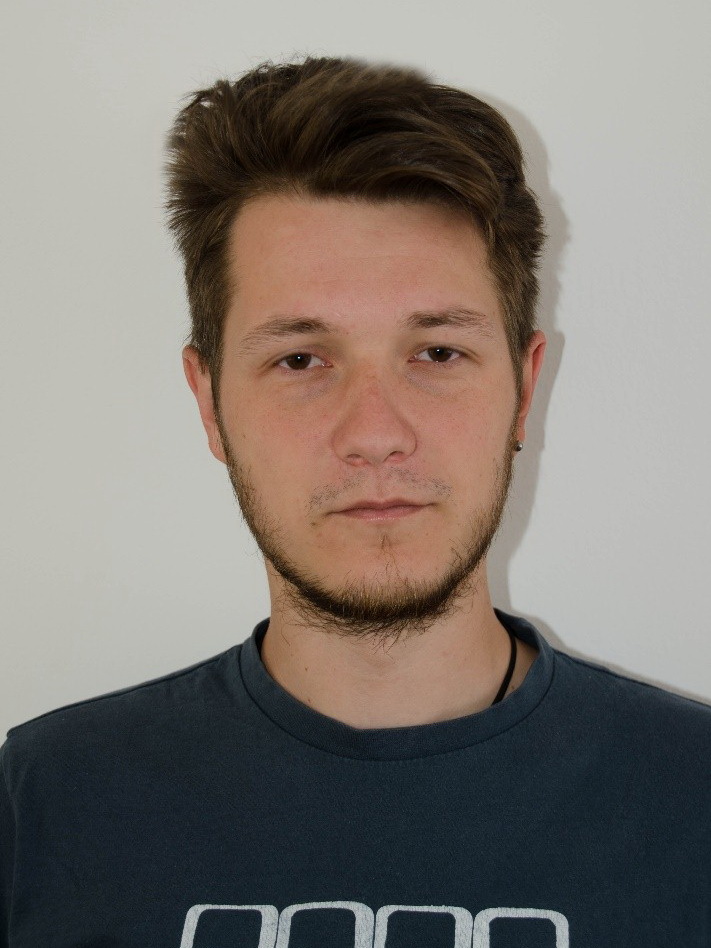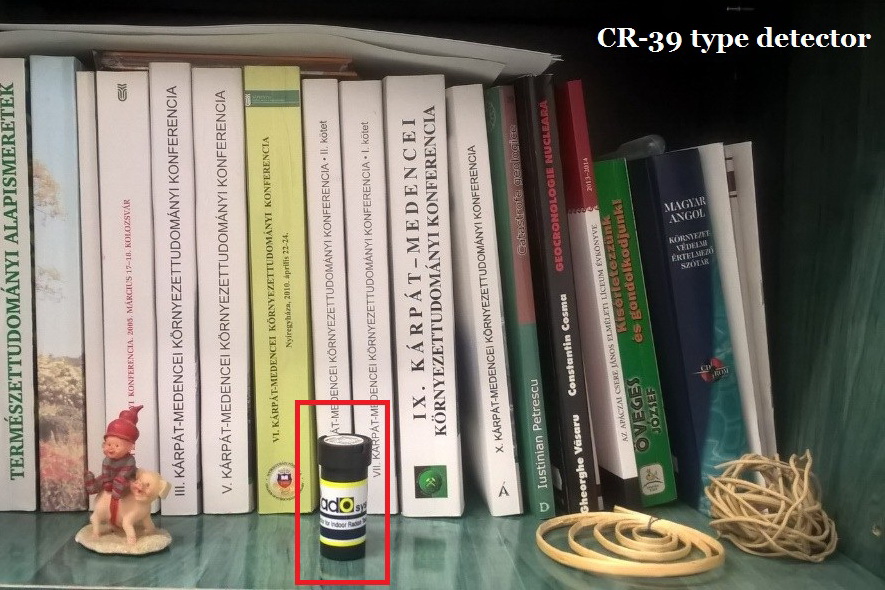Home / Research with students /
11/07/2016
Indoor radon concentration in Cristuru Secuiesc, Harghita County
Student: Jodál Levente, BSc, 3rd year
Scientific advisor: Szacsvai Kinga, PhD

The presence of pollutants in the indoor air, which emit ionizing radiation became more researched in the past years. These radiating pollutants may have natural sources. One of these pollutants is the radon gas (222Rn) which is generally present in the indoor air. The radon is a naturally occurring, radioactive gas. In high concentrations, this gas can be harmful to the human health; that is why in 1940 the World Health Organization classified it as an “A class” carcinogenic element. Radon can be found in different concentrations in every material, as well in the water or soil, herbs and plants. Being a gas, one of its aspects is the leaking out from the crust, rocks, building materials, water etc.
The objective of the present study was to determine the concentration of radon in indoor air and well water from Cristuru Secuiesc city (Harghita County). We used CR-39 type radon detectors to measure the radon concentration of the indoor air. We placed the detectors in the restrooms and living rooms, at about 1–1.5 m from the ground. The measurements lasted for 93 days. The EU Council Directive emitted in January, 2014 defined a maximum limit of 300 Bq m–3 for radon in the indoor air. In 76% of the studied houses the radon activity concentrations were under this limit. The concentrations measured in the soil varied between 14.40–84.02 Bq m–3. In the well water samples the radon activity concentrations were between 1.6–2.9 Bq L–1.
Considering that in our days for money saving reason, the houses are not regularly ventilated, radon levels may increase in the indoor air and the inhabitants may be exposed to elevated health risks.












